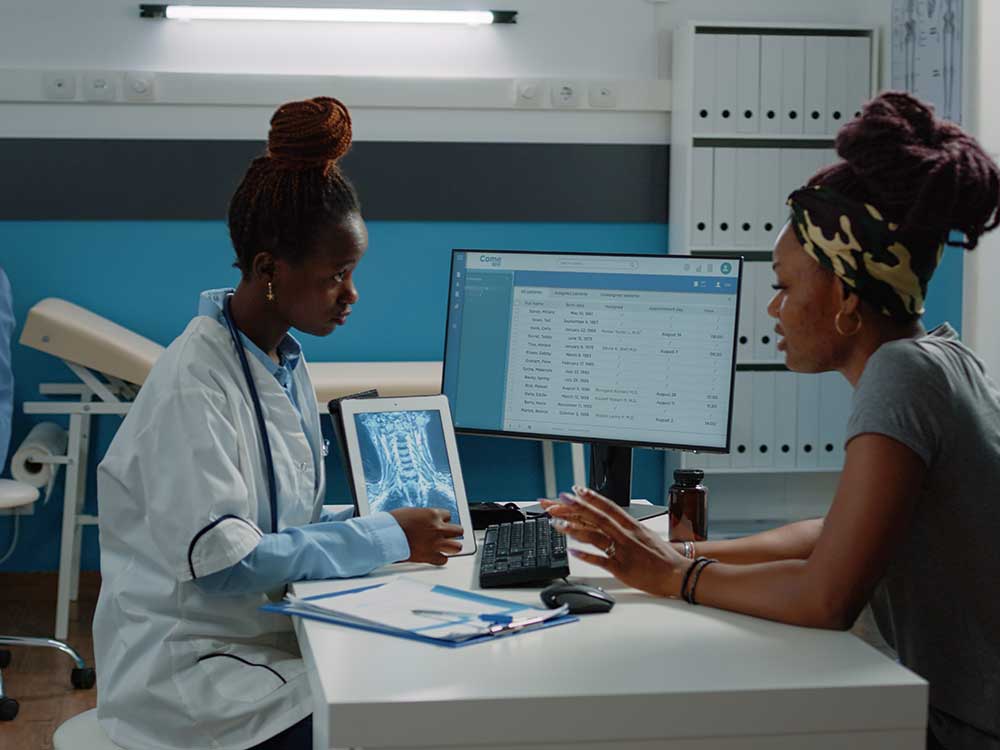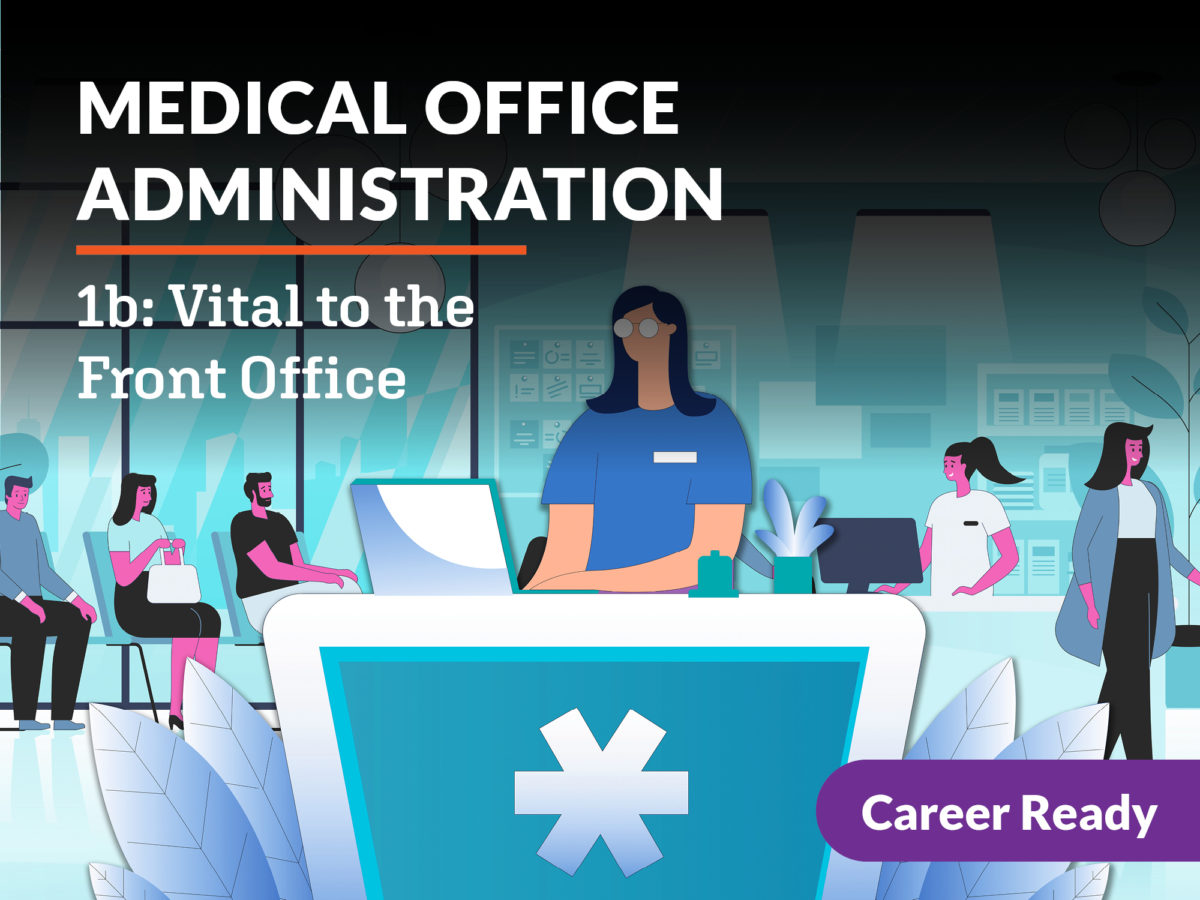The Value of Medical Administration in Medical Care Administration
The Value of Medical Administration in Medical Care Administration
Blog Article
Best Practices in Medical Administration for Improving Efficiency and Minimizing Prices
In the ever-evolving landscape of medical care, the pursuit of ideal methods in clinical administration is critical for boosting efficiency and curbing costs. By incorporating innovative modern technologies such as electronic health documents and telemedicine, medical care companies can streamline operations and boost individual treatment.
Leveraging Advanced Innovation
The assimilation of electronic solutions right into health care systems has actually transformed the way facilities operate, enhancing procedures and boosting patient care. By centralizing person info, EHRs get rid of the demand for difficult documentation and assist in seamless communication among healthcare service providers.
Telemedicine is another technological development that has actually revolutionized person interaction. It uses convenience for both individuals and health care professionals by making it possible for remote assessments, which can reduce the requirement for in-person brows through and maximize visit organizing. Additionally, telehealth platforms can extend health care access to country or underserved areas, linking gaps in care distribution.
Furthermore, the use of Expert system (AI) and maker understanding is ending up being increasingly common in predictive analytics, permitting for early discovery of possible health and wellness problems and even more informed decision-making. These technologies, when incorporated properly, can boost diagnostic accuracy and individualize individual therapy strategies, ultimately resulting in boosted medical care end results and operational efficiency.
Optimizing Resource Allotment
Effective resource allowance is important for making the most of the effectiveness of medical administration. By tactically managing sources such as personnel, tools, and financial resources, health care centers can significantly boost their functional efficiency, boost patient end results, and decrease unnecessary expenditures. The primary step in maximizing source appropriation includes carrying out a comprehensive analysis of present possessions and recognizing locations where sources might be underutilized or exhausted. This analysis must be data-driven, utilizing metrics and analytics to notify decision-making processes.
Prioritizing resource allotment based on individual requirements and service demands is crucial. This involves aligning resources with high-demand areas, such as emergency situation care or specialized therapies, to guarantee prompt and efficient individual care. Applying adaptable staffing designs can additionally maximize labor sources by adjusting personnel allowance in response to changing person quantities. Additionally, accepting telemedicine and other technological services can relieve physical source restraints by providing alternate opportunities for patient-provider interactions.
Economic resources ought to be carefully checked and assigned with calculated foresight to sustain both short-term operational needs and long-lasting institutional objectives. This includes investing in training programs that enhance team expertises and taking on energy-efficient methods that lower operational costs (medical administration). Ultimately, an optimized source appropriation technique fosters a sustainable healthcare atmosphere that is receptive, effective, and economically prudent
Streamlining Process Processes
When medical care facilities objective to boost functional performance, streamlining operations procedures ends up being a pivotal emphasis. Reliable workflows decrease redundancy, eliminate unnecessary actions, and improve sychronisation amongst healthcare specialists. This approach not only increases solution distribution yet likewise boosts the quality of client care.

Following, modern technology assimilation plays a significant duty in simplifying process. Applying digital health and wellness documents (EHRs) and electronic medical professional order access (CPOE) systems decreases documents, decreases human mistake, and guarantees info is easily accessible to all appropriate workers. In addition, leveraging telemedicine platforms can simplify client appointments and follow-ups, decreasing the stress on physical facilities.

Eventually, streamlined workflows result in cost decreases and enhanced client fulfillment, promoting a much more sustainable healthcare atmosphere.
Enhancing Data Monitoring
Building upon structured operations, maximizing data monitoring comes to be a crucial component in progressing healthcare administration. Effective data management systems are crucial for maintaining accurate person records, improving decision-making, and making sure compliance with regulative standards. By implementing robust information administration services, healthcare facilities can improve the high quality of person care while simultaneously reducing operational prices.
One secret aspect of boosting data monitoring is the integration of sophisticated digital health and wellness document (EHR) systems. These systems facilitate the smooth exchange of client details across different divisions, reducing duplication of examinations and decreasing errors. A well-designed EHR system sustains data analytics, enabling doctor to determine trends and make informed decisions regarding client treatment.
Furthermore, protecting individual data is vital. Taking on detailed cybersecurity steps, consisting of file encryption and regular audits, makes sure the honesty and privacy of delicate details. This not just secures individuals however also keeps the organization's track record.
Investing in personnel training is an additional essential factor. Enlightening healthcare experts on data management techniques enhances their ability to efficiently use technology, resulting in boosted person results. To conclude, improving data management via innovative technology and comprehensive training is necessary for attaining efficiency and cost reduction in medical administration.
Fostering Collaborative Communication
A crucial part beforehand clinical administration is view fostering collective interaction among healthcare professionals. Reliable communication is extremely important for making certain smooth person treatment, optimizing treatment end results, and decreasing errors. By urging open dialogue and sychronisation across multidisciplinary teams, health care organizations can improve their functional performance and decrease unnecessary expenses.
Central to this approach is the integration of communication modern technologies such as electronic health documents (EHRs) and safe messaging platforms, which help with the quick exchange of crucial client details. These devices make it possible for medical care service providers to access and share information in genuine time, making certain that all staff member are educated and straightened in their decision-making procedures. Normal group meetings and interdisciplinary rounds can better advertise a culture of partnership and responsibility.
Training programs concentrated on enhancing communication abilities are likewise vital. These programs can help staff create the ability to share information plainly and pay attention actively, hence lowering misconceptions and promoting a supportive workplace. Additionally, adopting standard communication methods, such as SBAR (Scenario, Background, Assessment, Suggestion), can simplify the exchange of information, ensuring that crucial information are conveyed succinctly and properly. Ultimately, fostering collective communication results in improved medical care distribution and cost savings (medical administration).

Verdict
Including advanced innovation, such as electronic health and wellness records and telemedicine, alongside maximized source allocation and streamlined operations procedures, is essential for boosting performance in clinical management. Reliable data administration and cultivating joint interaction among healthcare teams are essential for lessening redundancies and boosting care top quality. By focusing on preventive treatment and participating in quality enhancement efforts, health care organizations can accomplish substantial cost financial savings and enhanced person end results, thereby guaranteeing lasting health care delivery in a significantly intricate environment.
Report this page